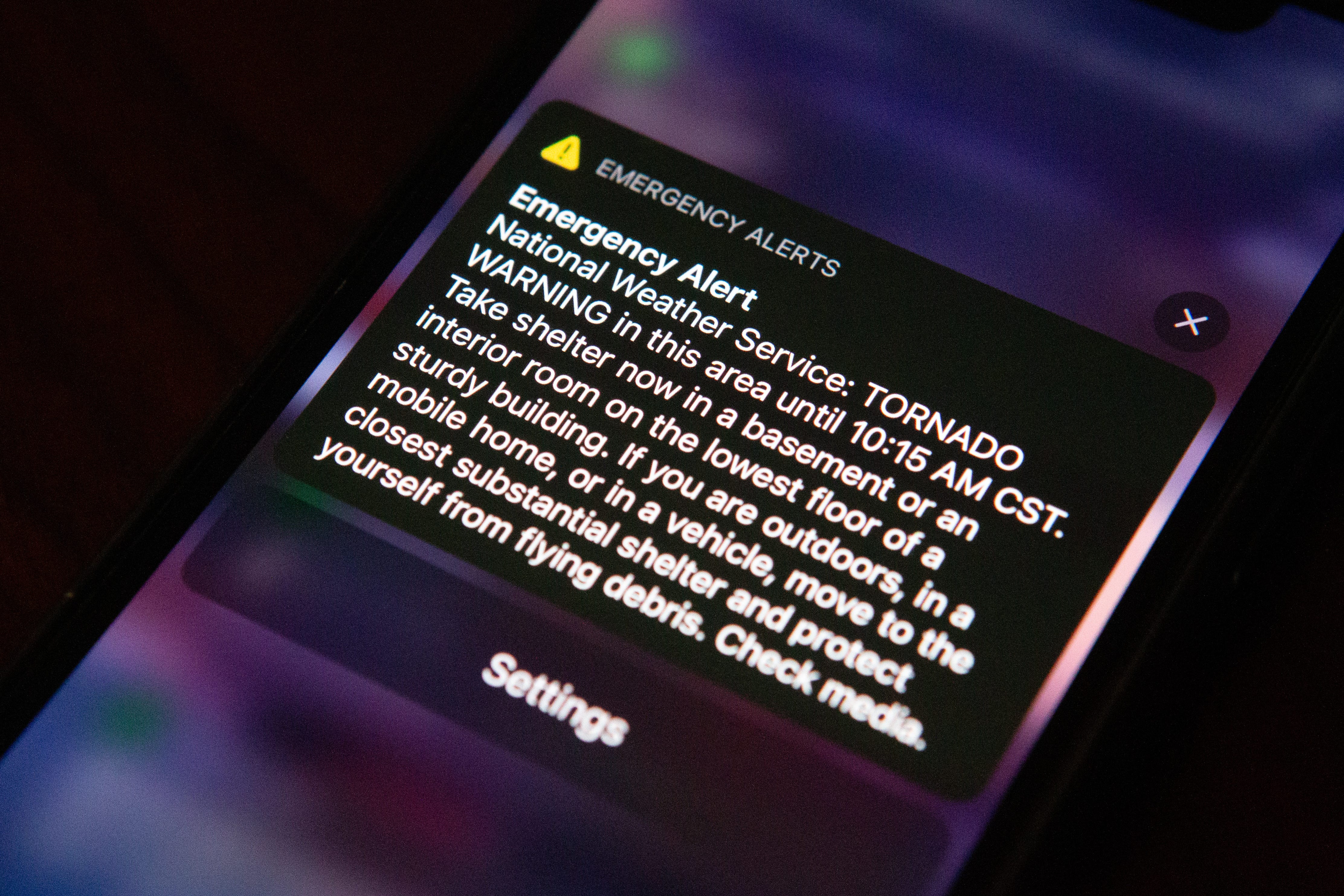
“Be Prepared! Tornadoes are possible in and near the watch area. Review and discuss your emergency plans and check supplies and your safe room.”
-National Weather Service
Watches are issued by the Storm Prediction Center and usually cover an area that can include multiple counties or a large region. When warm moist air closer to the ground and cooler dry air above come together, they can produce a supercell (rotating thunderstorm), which can often lead to tornadoes. Everyday, meteorologists analyze for these weather patterns and if those right ingredients come together, a watch could be issued a few hours prior to possible tornadic activity.
What does this mean for you? During the day, you should stay aware of the weather outside or any local weather stations who will keep you up to date on the current condition. When a watch is issued, you should make sure you and anyone you may live with has a plan for what to do if the weather does get worse. In an emergency situation, you want to make sure that you can take shelter immediately in a safe place with adequate supplies.

Tornado Warning
“Take Action! A tornado has been sighted or indicated by weather radar. There is imminent danger to life and property.”
-National Weather Service
Warnings are issued by the National Weather Service and cover a much smaller area, such as a few small towns or sections of a city. When a radar indicates signs of a tornado directly touching down, a warning will be issued lasting a few minutes to 30 minutes. The warning may end or be extended directly after this time period. Make sure to have the ability to connect with the news, emergency alerts, NOAA weather radio or hear the tornado siren from your local emergency management to understand if and when you will be under a warning. When you know you are under a tornado warning, it is extremely important to take shelter immediately in a windowless, lower-level interior room or basement/storm shelter and make sure you are covered with a blanket, mattress, pillows, and helmet. It is extremely important to make sure you put as many barriers between you and the outside weather as possible. Blankets and helmets are valuable items during a tornado that can further protect you from any debris or falling objects and could potentially save your life.

Tornado Emergency
This last category is relatively new and was introduced in 1999 for the Oklahoma City, OK F5 tornado that brought mass destruction and casualties. This is the highest alert that can be issued for a tornado event and is only used when there is certainty of devastating damage that can wipe out large portions of towns and cities.
During that 1999 tornado event, meteorologists issued a tornado warning but felt that it would not be enough to convey the magnitude of the storm. On the spot, they came up with the concept of a tornado emergency statement. When the F5 passed, there were 36 fatalities, but there could have been many more if it were not for the National Weather Service coming up with new messaging to explain the catastrophic nature of some of these outbreaks. These emergencies do not come often in a year so when they do, it is extremely important that every single person is aware and taking shelter.
In 2008, the tornado emergency messaging was officially formalized after a particularly bad outbreak in Tennessee, Alabama, and Arkansas. Today, this messaging is reserved only if “severe threat to human life and catastrophic damage is imminent or ongoing and a reliable source confirms a destructive tornado visually or through radar,” the NWS said.
Sources
https://www.weather.gov/safety/tornado-ww
